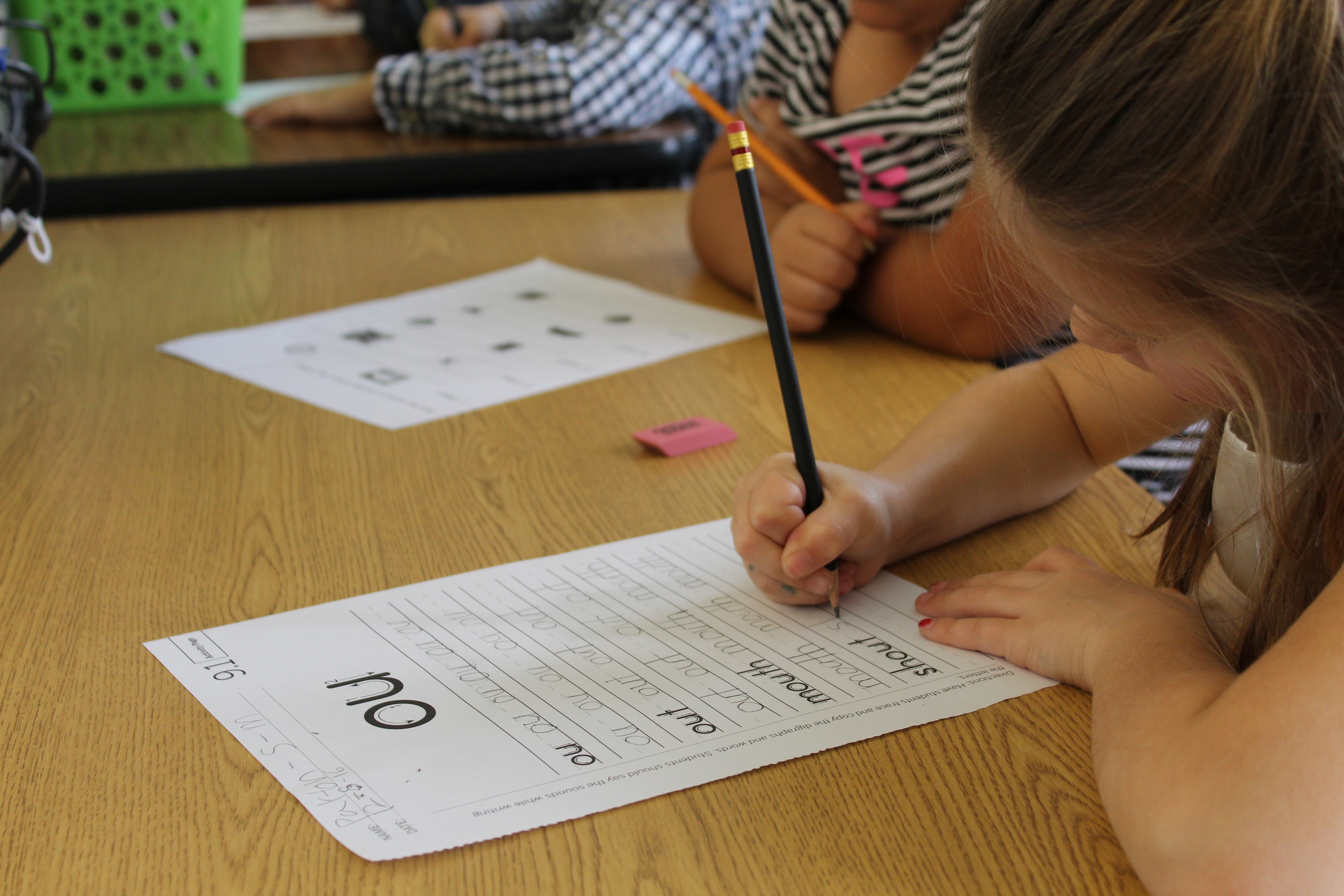Neuroscientific research is now yielding advanced insights into the connections between brain science and learning success, especially literacy. At the leading edge of this research is Bruce McCandliss, Ph.D., head of the Educational Cognitive Neuroscience Laboratory at Stanford University. We asked Dr. McCandliss to tell us about the impact of brain activity on literacy—and the potential to bring that knowledge into the classroom.
What do we already know about how reading works in the brain?
Everything we learn and experience actually rewires our brains, individually and as a species. This might seem obvious, but reading is a skill that didn’t exist in the human species 6000 years ago. It couldn’t exist without a crucial cultural invention: written symbols. It’s remarkable that the mind, just by looking at small combination of symbols, can now access tens of thousands of ideas with lightning speed and immerse itself in an experience almost as exciting as the real world. In a sense this is one of the first virtual reality technologies. And we’ve rewired the brain to be able to do it. I'm fascinated by the circuitry that allows us to turn these little patterns into specific thoughts and immersive “can't wait to turn the page” experiences.
What can the brain tell us about why some children struggle to read, and how we can help them?
This is where the scientist in me connects with the educator, reading tutor, and father in me. Typically when we talk about “imaging the human brain” we use the word the. The human brain: we’ve all got one; here’s how it acts. But neuroscientists are learning more and more about how every brain is different, not just in the way fingerprints are different, but in meaningful ways that affect our intellectual lives.
In developmental cognitive neuroscience it’s now routine to have children participate in an MRI scan. We can surround their heads with 128 electrodes and take a picture 1000 times per second when a stimulus appears, like stop-motion photography, and ask: what change occurs before and after learning? We can image the brain—not just “the” brain, but also individual variations—in the process of rewiring itself for literacy, and get beautiful insights into how learners differ from one another when they enter school.
What do those insights tell us about literacy?
Our brains have a word reading network. Part of it is for processing visual forms and part is for processing the sounds in spoken words. We have found that by deliberately directing children’s attention to the sound structure of language, we can optimize patterns of activity in those regions. That means that they start to integrate the sounds in spoken words with the letter patterns they see—and they rewire their brains to keep working that way.
So we've got this powerful tool in this basic insight: focusing on phonology—how sounds make up words—activates the exact circuitry we want to activate. Using phonics to teach reading is nothing new. But what we know now is that selectively attending to certain information—in this case, the sounds of words—is a powerful neuromodulator. In our experiments, kids taught with this approach saw their basic reading abilities jump an entire grade level in only 20 sessions.
Try this: breathe in and out through your nose. Focus on the difference between the inflow and outflow in your nostrils. Right now, you’re actually amplifying the brain activity within the circuit that represents your nose.
Likewise, when you focus attention on particular information associated with a word, you amplify certain brain circuits. This knowledge can help us understand how teachers can most effectively direct a child’s attention to the sound structure of letters and words. If children are struggling, even with phonics, perhaps it’s because of the way they are being asked to focus their attention on the sounds within words and links between those sounds and letters. As we learn more, we’ll be able to design better-than-ever interventions to help struggling readers.
That’s why I think we should start to see cognitive neuroscientists as collaborators on real-world challenges around human learning. That collaborative space—the emerging field of educational neuroscience—is so exciting. Teachers have powerful tools that can change the activity patterns in their students’ minds in the moment. And by applying those tools over time, they can reshape the brain circuits that support fluent literacy. That’s how neuroscientists and educators can come together to empower students in ways we never could before.
Share this post
.png)

